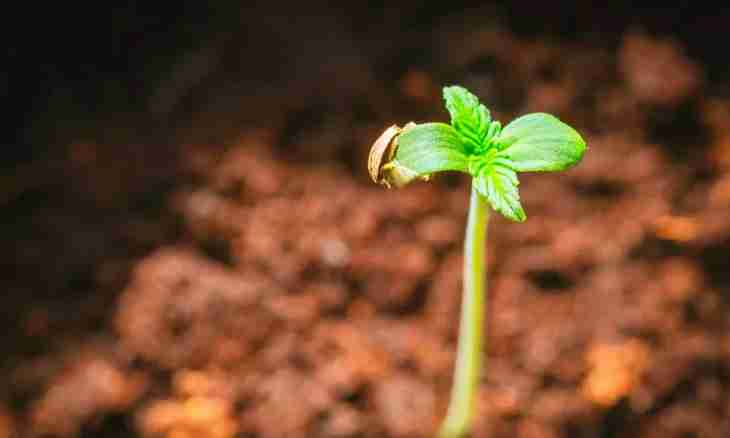Despite the seeming simplicity of flowers and herbs, plants are the difficult organisms consisting of various fabrics and bodies. Depending on the carried-out functions, distinguish vegetative and generative bodies.
The body of a plant is a part of an organism, the having certain building and intended for performance of certain functions. Vegetative bodies, and those are roots and escapes, form a plant body, hold it in the soil and provide its activity – food and a metabolism.
Root
The root is the axial body of a plant located, as a rule, underground. It has ability to unlimited growth, serves for fixing of a plant in the soil and also for absorption of water with the mineral substances necessary for organism life, and carrying out dissolved in it it to a stalk and leaves. Also in a root there can be a storage of nutrients which are not required at present. The root is capable to interact with roots of other plants, a mycelium of mushrooms and also the microorganisms living in the soil, deriving benefit from the similar commonwealth.
Allocate main, side and additional roots which length and intensity of development differs depending on a species of a plant, its origin and conditions of its growth. Sometimes roots can change at all, forming root crops and root tubers with a reserve of nutrients. Some roots perform not only the main function of food and fixing of a plant, but also allow a plant to cling to the objects which are nearby, or, being taken out outside, participate in breath.
Escape
Sprout of a plant consists of a stalk and leaves located on it. The stalk serves as a mechanical axis of a plant. Also through it transport and storage of nutrients is made. Green parts of a stalk along with leaves carry out photosynthesis. Some modifications of stalks (for example, prickles) serve for protection of a plant. The main function of leaves is photosynthesis. In cages of this body of plants there is a pigment the chlorophyll capable to catch sunlight and under its action to form of water and carbon dioxide sugar glucose. This substance is a universal power source and takes part in many biological processes. Also on leaves there are an ustyitsa through which plants breathe, as well as animals, absorbing oxygen and emitting carbon dioxide. The body takes part in removal of excess of liquid. Leaves, as well as parts of a stalk, can change in prickles, and at predatory plants – to form traps for capture of insects and small animals.
